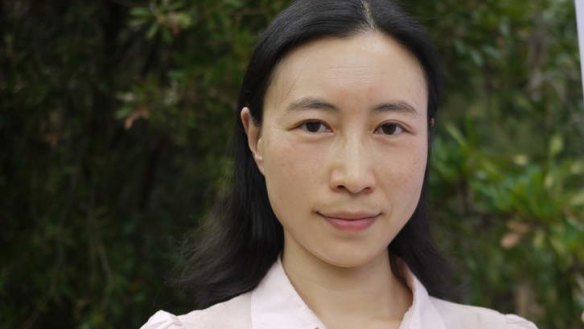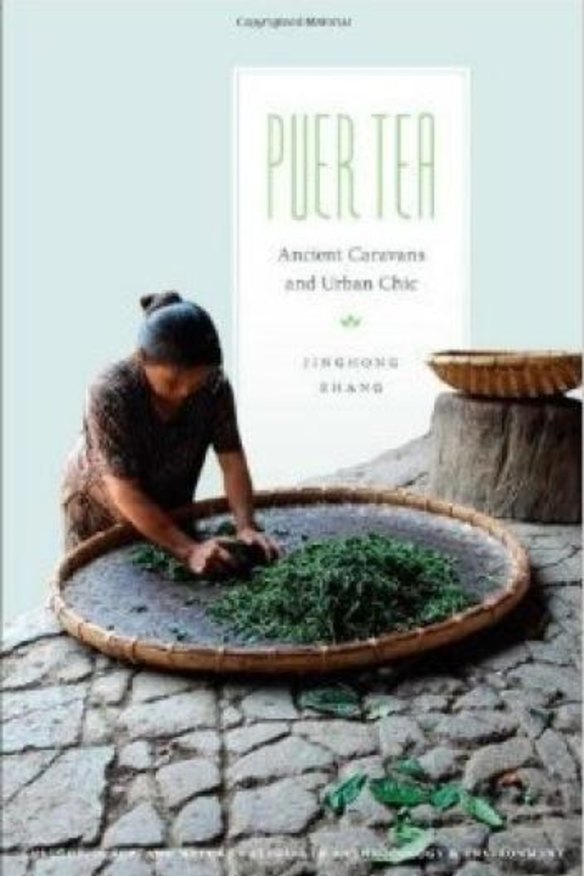Jinghong Zhang: Canberra academic's book traces the story of Chinese puer tea

Perhaps it's not surprising that Jinghong Zhang wrote the book on pu'er tea. She grew up in China's south west Yunnan province, the home of tea growing, surrounded by the delicate leaf. Now the Canberra academic has won an international prize for her book, Puer Tea: Ancient Caravans and Urban Chic.
The book charts the social history of pu'er tea, which is highly sought after in Asia and increasingly prized in the West. Zhang examines the tea's journey from Chinese noble houses to cult status and the book was awarded the International Convention of Asia Scholars prize for the best book in the social sciences for 2015.
"When I was a child, for quite a long time this tea was unknown to many, it was just an ordinary tea," she says. "But since the mid-1990s it got popular and in the early 2000s the price went higher and higher, and it suddenly became so well known not only in Yunnan but around China."

She was curious to find out why, and so for her PhD she studied the tea, moving to a Yunnanese tea village near the border with Laos. There family-run tea businesses process the leaf by hand, using traditional methods, and trade it to south east Asia and the rest of the world.
"In the market there are so many pu'er teas and it was categorised as different kinds, it's very hard to tell if it's green tea or black tea or what kind it is. There's no fixed definition, the market is in a chaotic situation. There are so-called aged tea which have been stored for maybe 30-50 years," she says.
Of course, Zhang drinks tea every day and pu'er most often. "There are the so-called raw pu'er tea and the cooked pu'er tea or fermented pu'er tea. So my palate is already towards the green kind which is like raw pu'er tea especially the tea which was produced in the village where I stayed," she says.
But her advice for tea lovers who'd like to explore the world of pu'er tea? "I was told by one of my supervisors you have to try all kinds of teas in the world before you find what you like," she says. Start with what's near you and go from there. If you're really interested, visit the production area, see the origins of the tea and develop your palate that way. And there's no one tea to rule them all. "It's not like 'This book says this tea is good,' so you buy that. Try different kinds - and not just pu'er - and finally you will find the one you really like."
Her next research project is just as fascinating - the parallels between tea and wine. As the nouveau riche in China immerse themselves in fine wine, driving sales in the country, many Western businessmen seek to understand tea as a pathway to business in China. So Zhang's heading off to vineyards and wineries to get a bit of field study in.
* Puer Tea: Ancient Caravans and Urban Chic by Dr Jinghong Zhang is published by the University of Washington Press. $30.
Restaurant reviews, news and the hottest openings served to your inbox.
Sign up- More:
- Restaurant news